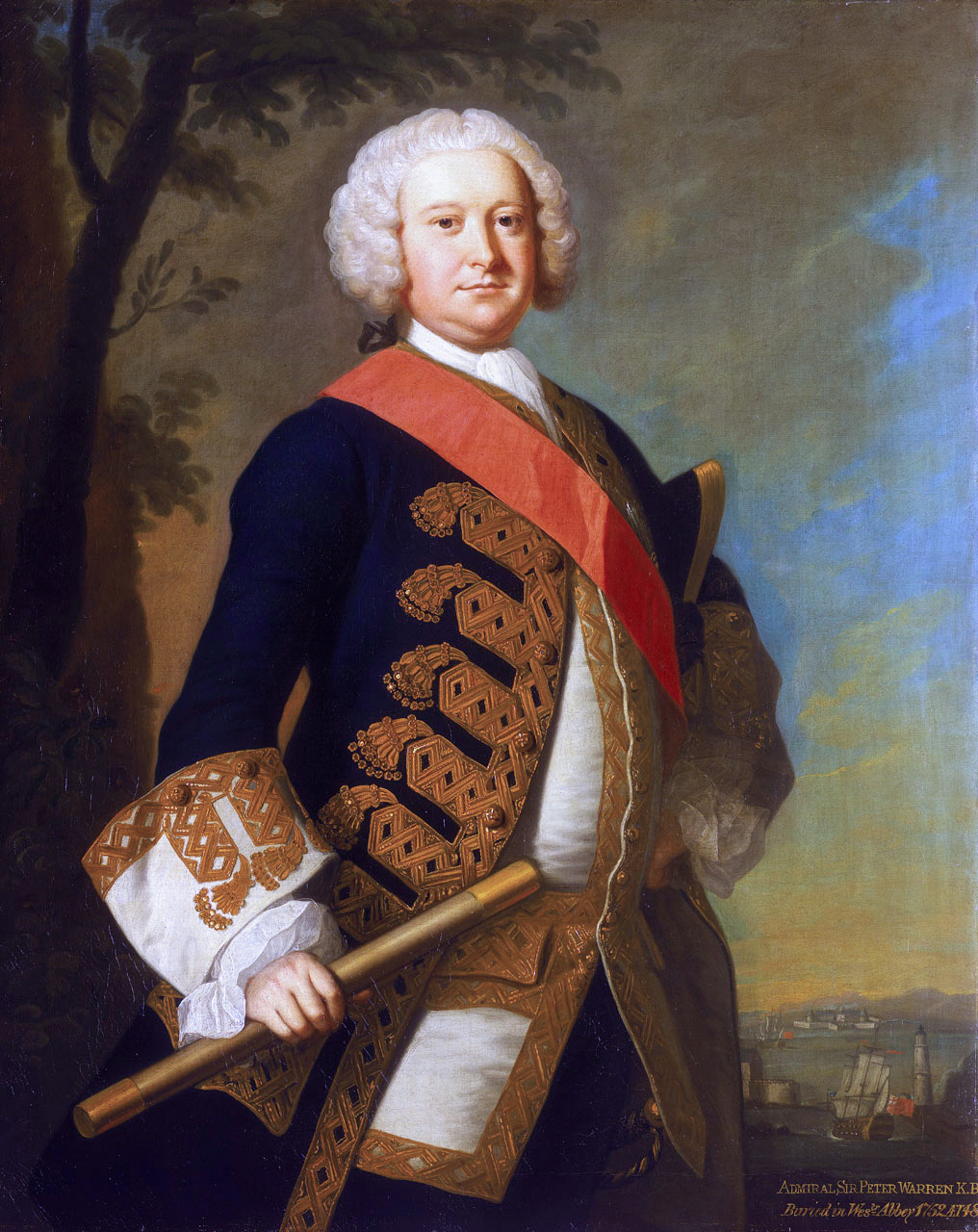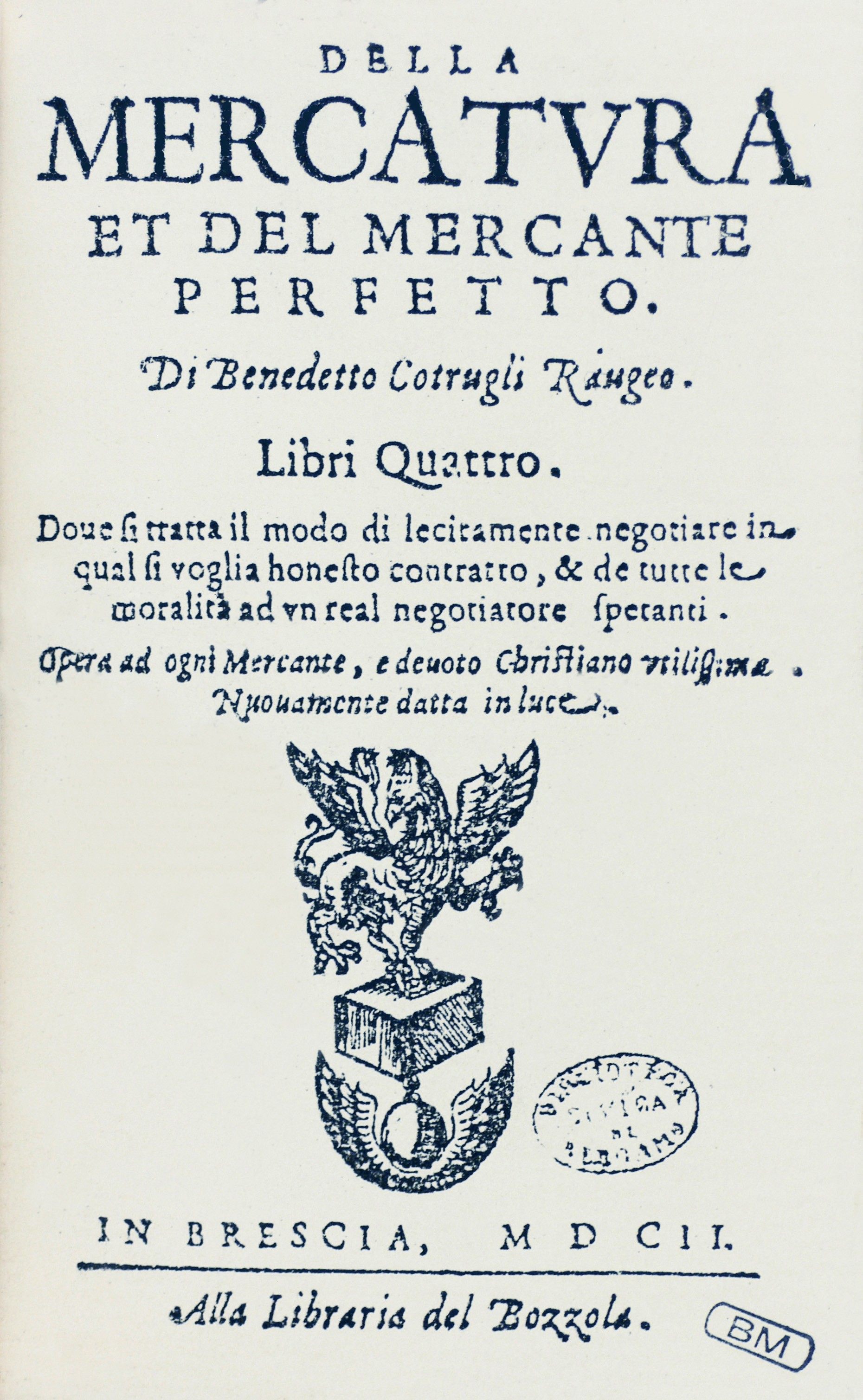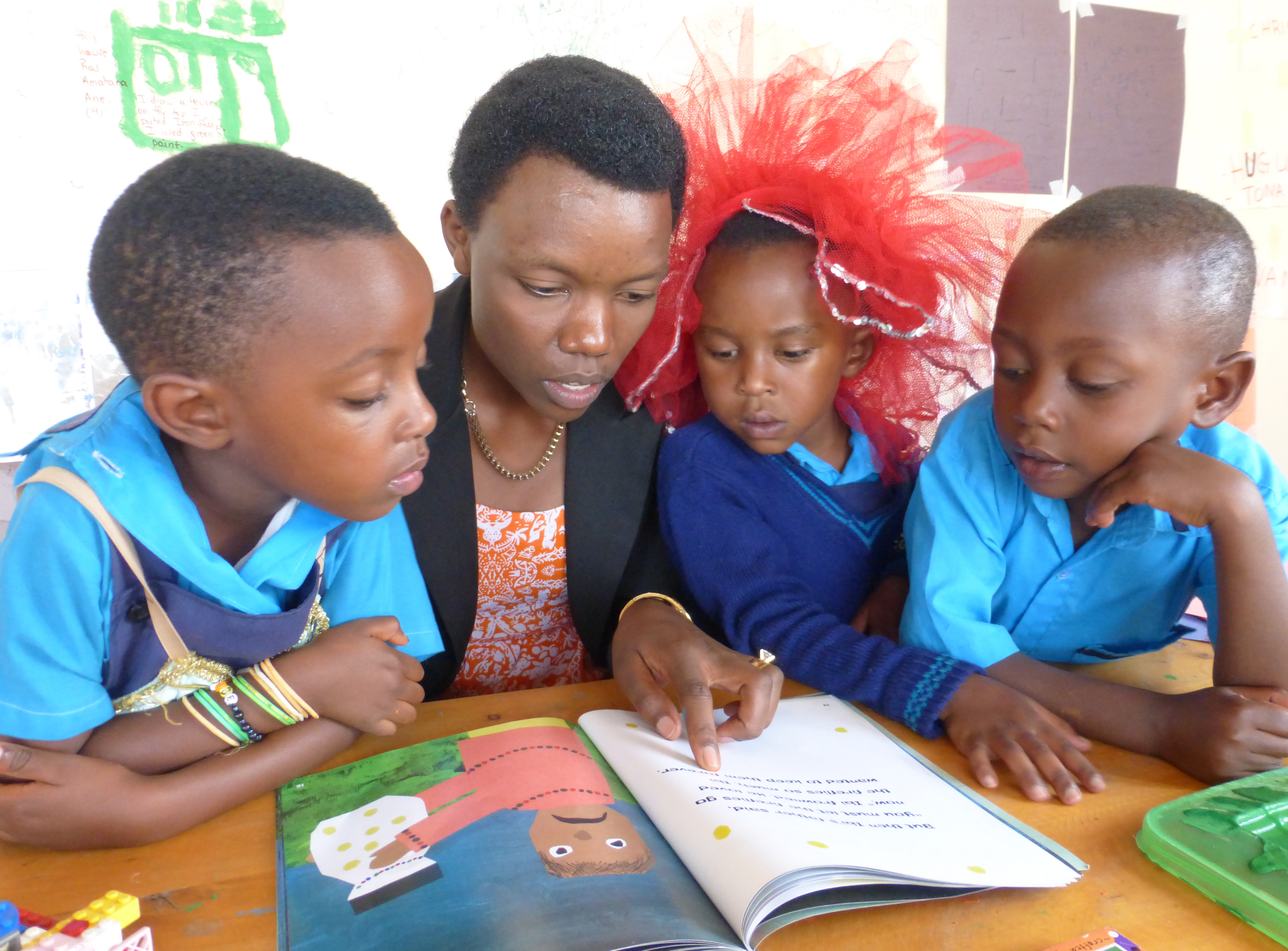|
1768 In Canada
Events from the year 1768 in Canada. Incumbents * Monarch: George III Governors * Governor of the Province of Quebec: James Murray *Governor of Nova Scotia: Montague Wilmot * Commodore-Governor of Newfoundland: Hugh Palliser Events * Guy Carleton succeeds James Murray as governor off Quebec. Births * March – Tecumseh (died 1813) Deaths Historical documents Gov. Carleton is to call popular assembly in Quebec when possible, encourage Protestant schools, grant land only to those capable of farming, etc. To keep their loyalty, Carleton wants to allow Canadians judicial redress without fees and delays, plus few honorary positions and civil service jobs Former governor James Murray defends duties he levied as lower than those of French regime, which he proved in court in lawsuit against him Writer not surprised Quebec is poor, and likely to be poorer, when tradesmen set up as merchants and buy foreign goods they could make themselves Numerous house fires in Mon ... [...More Info...] [...Related Items...] OR: [Wikipedia] [Google] [Baidu] |
List Of Canadian Monarchs
Listed here are the monarchs who reigned over Canada, starting with the Canada (New France), French colony of Canada which subsequently became a The Canadas, British colony, followed by the British Dominion of Canada, and finally the present-day sovereign state of Canada. The date of the first claim by a monarch over Canada varies, with most sources giving the year as 1497, when John Cabot made landfall somewhere on the North American coast (likely either modern-day Newfoundland or Nova Scotia), and claimed the land for England on behalf of Henry VII of England, King Henry VII. However, some sources instead put this date at 1535 when the word "Canada" was first used to refer to the French Canada (New France), colony of Canada, which was founded in the name of Francis I of France, King Francis I. Monarchical governance subsequently evolved under a continuous succession of French, British, and eventually uniquely Canadian sovereigns. Since the first claim by Henry VII, there have be ... [...More Info...] [...Related Items...] OR: [Wikipedia] [Google] [Baidu] |
Tradesman
A tradesman, tradeswoman, or tradesperson is a skilled worker that specializes in a particular trade (occupation or field of work). Tradesmen usually have work experience, on-the-job training, and often formal vocational education in contrast to an apprentice, who is learning the trade. As opposed to a craftsman or an artisan, the occupation of a tradesman is not necessarily restricted to manual work. History In Victorian England: :The terms "skilled worker," "craftsman," "artisan," and "tradesman" were used in senses that overlap. All describe people with specialized training in the skills needed for a particular kind of work. Some of them produced goods that they sold from their own premises (e.g. bootmakers, saddlers, hatmakers, jewelers, glassblowers); others (e.g. typesetters, bookbinders, wheelwrights) were employed to do one part of the production in a business that required a variety of skilled workers. Still others were factory hands who had become experts in some ... [...More Info...] [...Related Items...] OR: [Wikipedia] [Google] [Baidu] |
Sir William Johnson, 1st Baronet
Sir William Johnson, 1st Baronet of New York ( – 11 July 1774), was a British Army officer and colonial administrator from Ireland. As a young man, Johnson moved to the Province of New York to manage an estate purchased by his uncle, Royal Navy officer Peter Warren, which was located in territory of the Mohawk, one of the Six Nations of the Iroquois League, or ''Haudenosaunee''. Johnson learned the Mohawk language and Iroquois customs, and was appointed the British agent to the Iroquois. Because of his success, he was appointed in 1756 as British Superintendent of Indian Affairs for all the northern colonies. Throughout his career as a British official among the Iroquois, Johnson combined personal business with official diplomacy, acquiring tens of thousands of acres of Native land and becoming very wealthy. Johnson commanded Iroquois and colonial militia forces against the French and their allies during the French and Indian War, the North American theater of the Seven Year ... [...More Info...] [...Related Items...] OR: [Wikipedia] [Google] [Baidu] |
Negro
In the English language, ''negro'' is a term historically used to denote persons considered to be of Black African heritage. The word ''negro'' means the color black in both Spanish and in Portuguese, where English took it from. The term can be construed as offensive, inoffensive, or completely neutral, largely depending on the region or country where it is used, as well as the context in which it is applied. It has various equivalents in other languages of Europe. In English Around 1442, the Portuguese first arrived in Southern Africa while trying to find a sea route to India. The term ', literally meaning "black", was used by the Spanish and Portuguese as a simple description to refer to the Bantu peoples that they encountered. ''Negro'' denotes "black" in Spanish and Portuguese, derived from the Latin word ''niger'', meaning ''black'', which itself is probably from a Proto-Indo-European root ''*nekw-'', "to be dark", akin to ''*nokw-'', "night". ''Negro'' was also used of ... [...More Info...] [...Related Items...] OR: [Wikipedia] [Google] [Baidu] |
Double-entry Bookkeeping
Double-entry bookkeeping, also known as double-entry accounting, is a method of bookkeeping that relies on a two-sided accounting entry to maintain financial information. Every entry to an account requires a corresponding and opposite entry to a different account. The double-entry system has two equal and corresponding sides known as debit and credit. A transaction in double-entry bookkeeping always affects at least two accounts, always includes at least one debit and one credit, and always has total debits and total credits that are equal. The purpose of double-entry bookkeeping is to allow the detection of financial errors and fraud. For example, if a business takes out a bank loan for $10,000, recording the transaction would require a debit of $10,000 to an asset account called "Cash", as well as a credit of $10,000 to a liability account called "Notes Payable". The basic entry to record this transaction in a general ledger will look like this: Double-entry bookkeeping is ... [...More Info...] [...Related Items...] OR: [Wikipedia] [Google] [Baidu] |
Phonics
Phonics is a method for teaching people how to Reading, read and write an alphabetic language (such as English alphabet, English, Arabic alphabet, Arabic or Russian alphabet, Russian). It is done by demonstrating the relationship between the sounds of the spoken language (phonemes), and the letters or groups of letters (graphemes) or syllables of the written language. In English, this is also known as the alphabetic principle or the ''Alphabetic code''. Phonics is taught using a variety of approaches, for example: a) learning ''individual'' sounds and their corresponding letters (e.g. the word cat has three letters and three sounds c - a - t, (in International Phonetic Alphabet, IPA: , , ), whereas the word flower has six letters but four sounds: f - l - ow - er, (IPA , , , ), or b) learning the sounds of letters or groups of letters, at the word level, such as similar sounds (e.g., cat, can, call), or Syllable#Rime, rimes (e.g., hat, mat and sat have the same rime, "at"), or ... [...More Info...] [...Related Items...] OR: [Wikipedia] [Google] [Baidu] |
Chaleur Bay
frame, Satellite image of Chaleur Bay (NASA). Chaleur Bay is the large bay in the centre of the image; the Gaspé Peninsula is to the north and the Gulf of St. Lawrence is seen to the east.">Gulf_of_St._Lawrence.html" ;"title="Gaspé Peninsula is to the north and the Gulf of St. Lawrence">Gaspé Peninsula is to the north and the Gulf of St. Lawrence is seen to the east. Chaleur Bay, also Chaleurs Bay, baie of Chaleur (in ), is an arm of the Gulf of Saint Lawrence located between Quebec and New Brunswick, Canada. The name of the bay is attributed to explorer Jacques Cartier (Baie des Chaleurs). It translates into English as "bay of warmth" or "bay of torrid weather". Chaleur Bay is the 31st member of the Most Beautiful Bays of the World Club. Chaleur Bay is host to an unusual visual phenomenon, the Fireship of Chaleur Bay, an apparition of sorts resembling a ship on fire which has reportedly appeared at several locations in the bay. It is possibly linked to similar sighting ... [...More Info...] [...Related Items...] OR: [Wikipedia] [Google] [Baidu] |
Gaspé Bay
Gaspé Bay () is a bay located on the northeast coast of the Gaspé Peninsula, Quebec, in the Gulf of St. Lawrence. The town of Gaspé, Quebec lies on a part of its southern shore, while most of its northern shore is in the Forillon National Park. The main rivers draining to the bay are the Dartmouth River and the York River (the latter one has its mouth in the city center of Gaspé). Gaspé Bay is where Jacques Cartier took possession of New France (now part of Canada) in the name of François I of France on July 24, 1534 - the beginning of France's overseas expansion. British General James Wolfe raided the Bay in the Gulf of St. Lawrence Campaign (1758), the year before the Siege of Quebec. Paleobotanical fossils and trace fossils of Archaeognatha from the Devonian period The Devonian ( ) is a geologic period and system of the Paleozoic era, spanning 60.3 million years from the end of the Silurian, million years ago (Mya), to the beginning of the Carbon ... [...More Info...] [...Related Items...] OR: [Wikipedia] [Google] [Baidu] |
Gratis Versus Libre
The English adjective ''free'' is commonly used in one of two meanings: "at no monetary cost" (''gratis'') and "with little or no restriction" (''libre''). This ambiguity of ''free'' can cause issues where the distinction is important, as it often is in dealing with laws concerning the use of information, such as copyright and patents. The terms ''gratis'' and ''libre'' may be used to categorise intellectual property, particularly computer programs, according to the licenses and legal restrictions that cover them, in the free software and open source communities, as well as the broader free culture movement. For example, they are used to distinguish freeware (software ''gratis'') from free software (software ''libre''). Richard Stallman summarised the difference in a slogan: "Think free as in free speech, not free beer." ''Gratis'' ''Gratis'' in English is adopted from the various Romance and Germanic languages, ultimately descending from the plural ablative and dative fo ... [...More Info...] [...Related Items...] OR: [Wikipedia] [Google] [Baidu] |
Inoculation
Inoculation is the act of implanting a pathogen or other microorganism. It may refer to methods of artificially inducing immunity against various infectious diseases, or it may be used to describe the spreading of disease, as in "self-inoculation," the spreading of disease from one part of the body to another, or even to the spreading of bacteria in a Petri dish for culturing purposes. The terms "inoculation", "vaccination", and "immunization" are often used synonymously, but there are some important differences among them. Inoculation is the act of implanting a disease inside a person or animal, vaccination is the act of implanting or giving someone a vaccine specifically, and immunization is what happens to the immune system as a result. Terminology Until the early 1800s inoculation referred only to variolation (from the Latin word ''variola'' = smallpox), the predecessor to the smallpox vaccine. The smallpox vaccine, introduced by Edward Jenner in 1796, was called cowpox inoc ... [...More Info...] [...Related Items...] OR: [Wikipedia] [Google] [Baidu] |
Dissection
Dissection (from Latin ' "to cut to pieces"; also called anatomization) is the dismembering of the body of a deceased animal or plant to study its anatomical structure. Autopsy is used in pathology and forensic medicine to determine the cause of death in humans. Less extensive dissection of plants and smaller animals preserved in a formaldehyde solution is typically carried out or demonstrated in biology and natural science classes in middle school and high school, while extensive dissections of cadavers of adults and children, both fresh and preserved are carried out by medical students in medical schools as a part of the teaching in subjects such as anatomy, pathology and forensic medicine. Consequently, dissection is typically conducted in a morgue or in an anatomy lab. Dissection has been used for centuries to explore anatomy. Objections to the use of cadavers have led to the use of alternatives including virtual dissection of computer models. Overview Plant and animal b ... [...More Info...] [...Related Items...] OR: [Wikipedia] [Google] [Baidu] |
Panis (slaves Of First Nation Descent)
Panis was a term used for slaves of the First Nations descent in Canada, a region of New France. First Nation slaves were generally called ''Panis'' (anglicized to Pawnee), with most slaves of First Nations descent having originated from Pawnee tribes. The term later became synonymous with "Indian slave" in the French colony, with a slave from any tribe being called ''Panis.'' Etymology As early as 1670, a reference was recorded to a ''Panis'' in Montreal. The term is widely described as a corruption of the name of the Panismahas, a sub-tribe of the Pawnee people encountered in the Illinois Country, then a remote part of New France."In the middle of the 17th century the Pawnees were being savagely raided by eastern tribes that had obtained metal weapons from the French, which gave them a terrible advantage over Indians who had only weapons of wood, flint, and bone. The raiders carried off such great numbers of Pawnees into slavery, that in the country on and east of the upper Missi ... [...More Info...] [...Related Items...] OR: [Wikipedia] [Google] [Baidu] |








